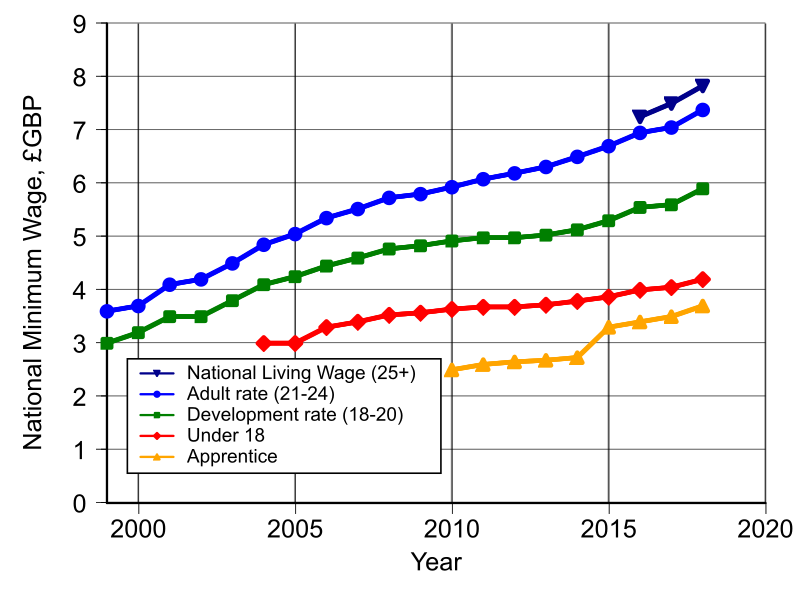Understanding Hypoxia: A Hidden Threat in Aviation Safety

In recent years, hypoxia—a condition characterized by insufficient oxygen in the body—has emerged as a critical concern in aviation safety, especially following a tragic incident in 2023 near Cloncurry, Australia. The Australian Transport Safety Bureau (ATSB) determined that this triple-fatal crash was 'entirely preventable' and attributed it to a long-standing defect that likely caused the pilot to suffer from hypoxia. Understanding the implications of this condition is vital for enhancing safety protocols in aviation.
**What is Hypoxia?** Hypoxia occurs when the body or a region of the body is deprived of adequate oxygen supply. According to Dr. Ian Yang, a respiratory specialist and senior lecturer at the University of Sydney, common symptoms include confusion, rapid breathing, and a racing heart. 'Although patients with conditions like Chronic Obstructive Pulmonary Disease (COPD) often experience low oxygen levels, hypoxia is relatively rare in the general population,' explains Dr. Yang in a statement published in the *Journal of Respiratory Medicine* (2023).
Hypoxia can manifest silently at altitudes above 10,000 feet when airplane cabin pressure drops, which often results in pilots feeling normal until suddenly losing cognitive and physical function. Dr. Hui Tan, an aviation doctor and pilot, notes that symptoms can include tingling sensations and a false sense of euphoria, making hypoxia particularly dangerous. 'The challenge is that pilots may not recognize they are suffering from hypoxia until it is too late,' Dr. Tan states, referencing his own experiences with the condition.
**Historical Context and Previous Incidents** The ATSB has investigated various incidents related to hypoxia since the late 1990s. A notable case involved a 2000 crash in which all onboard perished after the pilot lost consciousness due to hypoxia, likely caused by cabin pressure failure (ATSB Report, 2000). In another incident in 2012, a pilot became incapacitated mid-flight after failing to receive supplemental oxygen due to malfunctioning systems (ATSB Report, 2012).
Recent findings, including the 2023 Cloncurry crash, underscore a pattern of preventable tragedies related to hypoxia. In this case, the ATSB highlighted the need for rigorous maintenance of oxygen systems and better training for pilots to recognize the symptoms of hypoxia early (ATSB Final Report, 2023).
**Current Perspectives and Solutions** Experts emphasize that hypoxia can be prevented through enhanced training and awareness among pilots. Many military pilots undergo hypoxia simulation training, which prepares them to recognize the symptoms in real-life situations (Dr. Tan, personal communication, 2023). The training is designed to familiarize pilots with the sensations associated with hypoxia, thus enabling them to take immediate corrective actions, such as donning oxygen masks. Dr. Tan operates a hypoxia chamber in Western Australia where pilots can safely experience and learn to identify the signs of oxygen deprivation.
In-flight protocols are also crucial. Immediate access to supplemental oxygen and rapid descent to lower altitudes can mitigate the effects of hypoxia. Air traffic controllers are trained to identify indicators, such as slurred speech or erratic communication from pilots, which may signal a hypoxic episode (Civil Aviation Safety Authority [CASA], 2023).
**Broader Implications** The implications of hypoxia extend beyond individual incidents; they raise questions about regulatory standards in aviation safety. A CASA spokesperson acknowledged the need for increased awareness and preventive measures regarding hypoxia risks in their recent statement following the ATSB report on the Cloncurry incident. 'This emphasizes our commitment to ensuring pilot health and safety,' they stated.
As the aviation industry continues to evolve, understanding the risks associated with hypoxia and implementing effective training and safety measures remains paramount. The integration of advanced technology in aircraft design, as well as ongoing education for pilots, can significantly contribute to preventing future tragedies related to this silent threat.
The ongoing coronial investigation into the 2023 crash is expected to provide further insights into systemic issues within aviation safety protocols and could lead to new recommendations for addressing hypoxia-related risks in the cockpit.
Advertisement
Tags
Advertisement





